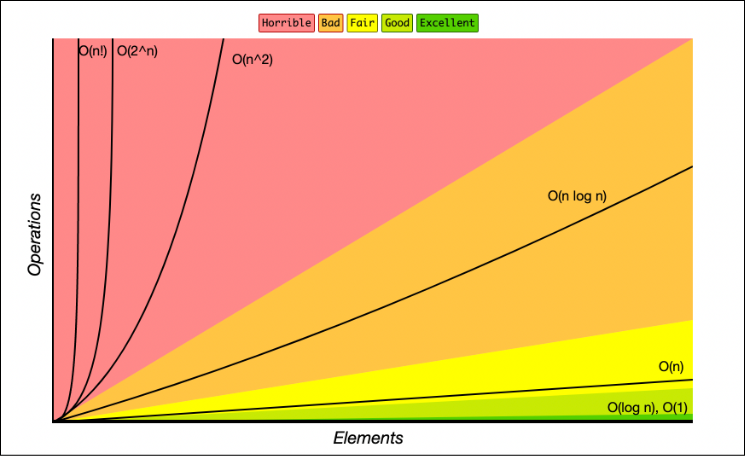Lemmy Today
1,464 readers90 users here now
Welcome to lemmy.today!
About us
🤗 Thanks for joining our little instance here, located in Oregon. The idea is to have a fast, stable instance and allow users to subscribe to whatever content they want from here.
😎 We dont block any other instances. We will keep it that way unless it becomes a moderation problem.
🤠 We will be around for a very long time, so you dont have to worry about us shutting down the instance anytime soon. We like performance and stability in our servers, and will upgrade the instance when its needed.
🥹 Make sure to join a lot of remote communities to get a good feed going. How to do that is explained here.
Lemmy mobile apps
You should start using one of these ASAP since the web browser user interface is quite ugly, even with themes.
- Sync for Lemmy (Android)
- Boost for Lemmy (Android)
- Eternity (Android)
- Liftoff (Android and IOS)
- Voyager (IOS)
- Voyager WebApp
- Jerboa (Android)
- Connect (Android)
- Thunder (Android and IOS)
- Mlem (IOS)
- Memmy (IOS)
Optional Lemmy web browser user interfaces
- https://old.lemmy.today
- https://photon.lemmy.today
- https://m.lemmy.today
- https://alexandrite.lemmy.today
Rules
- Be respectful. Everyone should feel welcome here.
- No bigotry - including racism, sexism, ableism, homophobia, transphobia, or xenophobia.
- No Ads / Spamming, or creating communities to promote blogs or services.
- No local pornography communities (but you are free to subscribe to them on other instances if you wish).
- No local communities about software related to porn.
- No local religious communities (use remote ones)
Contact the admin
founded 1 year ago
ADMINS
1
2
view more: next ›
